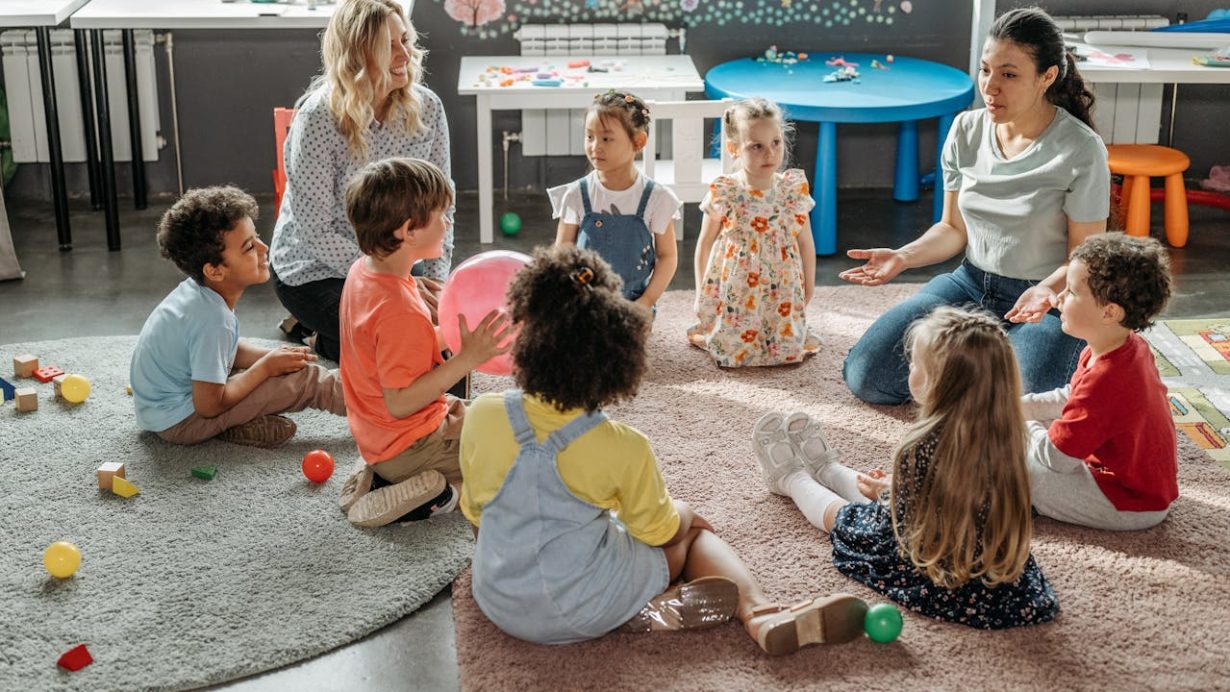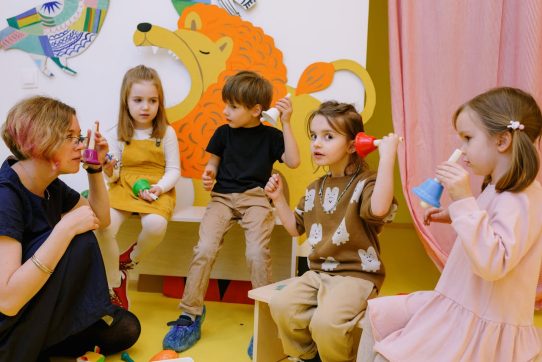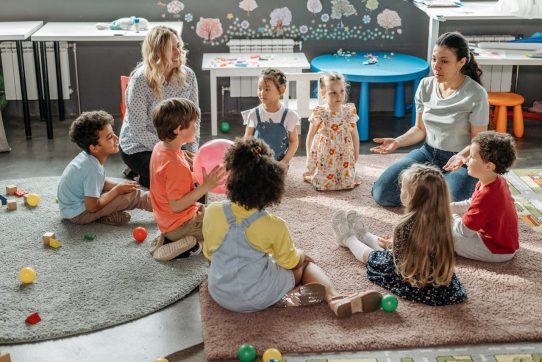Every classroom holds a spectrum of learners — each with different ways of thinking, moving, and understanding the world. For students on the autism spectrum, a supportive classroom can mean the difference between stress and success.
Teaching autistic students is not about applying rigid methods but about creating an environment where predictability, clarity, and respect for differences come together. When teachers and families collaborate, learning becomes a shared journey built on trust.
Understanding How Autistic Students Learn
Autism affects how students process information, communicate, and manage sensory input. Some students thrive on visual learning, others need movement, and many rely on clear routines to stay focused.
Autistic learners often:
- Think visually, remembering what they see more easily than what they hear.
- Benefit from structure, knowing what to expect before transitions.
- Prefer literal, concrete language over abstract explanations.
- Experience sensory differences that can make bright lights, noises, or textures distracting.
Recognizing these traits helps teachers shift from “fixing behavior” to supporting access — ensuring every student can participate comfortably in learning.
Creating Predictable Routines
Predictability is a cornerstone of success for autistic students. When the day follows a clear pattern, anxiety decreases and focus improves.
Post a daily schedule in the classroom using both words and pictures. Review it each morning and update it if plans change. A simple visual like “Now / Next” can guide transitions between activities.
For older students, digital planners or whiteboard checklists work well. Encourage them to cross off tasks as they’re completed — small acts that build independence and confidence.
If sudden changes are unavoidable, give as much notice as possible:
“Our assembly will start 10 minutes early today. After that, we’ll return to class for reading.”
Clarity, not surprise, keeps the classroom calm.
Building Communication Bridges
Communication differences often cause the biggest misunderstandings in school. Some students may struggle to read facial expressions or tone; others may speak fluently but have difficulty with social rules like turn-taking or sarcasm.
Teachers can support communication by:
- Using plain, concrete language.
- Giving extra processing time after asking a question.
- Pairing verbal directions with visuals or written cues.
- Checking for understanding gently (“Can you show me what comes next?”).
If a student uses an AAC (augmentative and alternative communication) device or picture exchange system, make it part of everyday interaction. When communication tools are normalized, students feel empowered rather than singled out.
Supporting Focus and Engagement
Concentration can fluctuate depending on sensory and emotional factors. Rather than punishing inattention, look for its cause. A buzzing light, tight clothing, or crowded room can make focus impossible.
Practical supports include:
- Flexible seating: allow students to use wobble cushions, standing desks, or floor mats.
- Movement breaks: short, structured activities (stretching, jumping jacks, quiet walks) between lessons.
- Task segmentation: break large assignments into smaller steps with clear goals.
- Visual timers: show how long an activity will last to reduce uncertainty.
Engagement often improves when lessons connect to a student’s interests — dinosaurs, music, or technology can all become teaching tools. Motivation grows naturally when the content feels familiar and rewarding.
Using Visual Supports
Visual supports translate abstract instructions into something tangible. They help students anticipate what’s next and reduce the need for constant verbal reminders.
Examples include:
- Classroom rules written with icons or short phrases.
- Color-coded folders for each subject.
- Checklists for multi-step activities (“get paper → write name → start worksheet”).
- “First / Then” boards to structure tasks and rewards.
Visual systems work best when consistent — the same icons and color schemes across classrooms, home, and therapy environments create continuity and comfort.
Managing Sensory Factors in the Classroom
Sensory input affects learning more than most teachers realize. A classroom that seems calm to one student might feel chaotic to another.
To build a sensory-aware space:
- Replace flickering fluorescent lights with natural light or LED bulbs.
- Offer quiet corners or study carrels for students who need breaks.
- Allow headphones or ear defenders during noisy activities.
- Use soft furnishings or rugs to reduce echo.
Keep sensory tools accessible — stress balls, fidgets, or weighted lap pads — but teach when and how to use them appropriately. These items should feel like supports, not privileges.
Encouraging Social Connection Without Pressure
Social learning can be the hardest area for autistic students, yet it doesn’t need to be forced. Real connection grows through shared interests, not obligation.
Use structured social activities like board games, group art projects, or science experiments that naturally create roles and cooperation. Encourage peer mentoring programs where students model patience and inclusion.
Avoid spotlighting differences. Instead, celebrate diversity in learning styles. When peers see autism as another way of thinking — not a problem — empathy grows organically.
Responding to Behavior with Understanding
Behavior is communication. When an autistic student becomes distressed, they’re telling you something — often that the environment or expectation feels overwhelming.
Rather than disciplinary reactions, use a reflective approach:
- Pause: give space for the student to calm.
- Observe: what happened before the behavior? (Noise, transition, frustration?)
- Support: offer choices or sensory breaks.
- Reflect later: discuss strategies once calm, not in the moment.
Consistent, compassionate responses teach emotional regulation far more effectively than punishment ever could.
Partnering with Families and Support Staff
Parents and caregivers hold vital insight into what works at home — and that knowledge can guide teachers toward effective strategies in class.
Open communication builds continuity. Share brief progress notes or quick updates: “He completed math independently today,” or “The noise-canceling headphones worked well during group time.” These small gestures reassure families and strengthen collaboration.
If the school includes aides or specialists, ensure everyone uses consistent language, cues, and expectations. Consistency across adults creates stability for the student.
Fostering Independence and Self-Advocacy
The ultimate goal is not dependence on support but confidence in self-management. Encourage students to identify what helps them concentrate, calm down, or stay organized.
Teach phrases such as:
- “I need a break.”
- “That sound is too loud.”
- “Can I finish this after recess?”
When students learn to advocate respectfully for their needs, they gain lifelong skills that extend beyond the classroom.
Building a Culture of Inclusion
A truly inclusive classroom doesn’t isolate support for autistic students — it weaves accessibility into everything. Visuals, clear routines, and flexible options help all learners, not just those with diagnoses.
Teachers can model inclusion through language and attitude:
- Avoid saying a student “can’t.” Focus on how they can — with the right supports.
- Recognize achievements publicly but gently.
- Invite neurodiverse perspectives in class discussions and reading materials.
Inclusion isn’t a checklist; it’s a mindset. When every student feels accepted, learning becomes a shared celebration rather than a comparison.
Final Thoughts
Teaching students with autism is both a challenge and an opportunity. It asks educators to question old assumptions about behavior, motivation, and intelligence. In return, it offers the privilege of witnessing authentic, unfiltered growth.
Every breakthrough — a new word, a completed project, a calm transition — matters. Progress may come slowly, but it lasts. The most effective classrooms are those where students are not asked to mask who they are, but are supported to be themselves while learning how to thrive in a world that’s still learning, too.
Photo by Pavel Danilyuk: https://www.pexels.com/photo/kids-with-their-teacher-sitting-on-the-floor-8422248/








